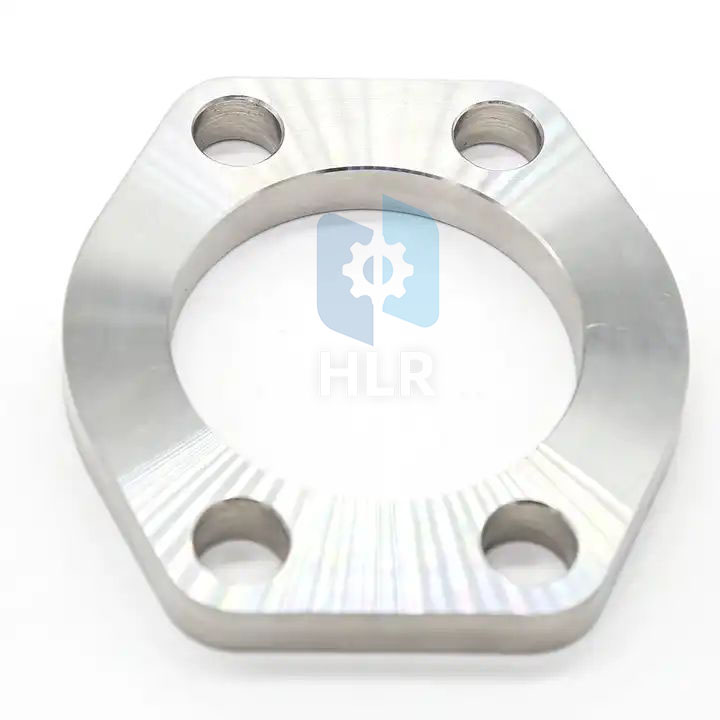
Metal passivation can be called a method of corrosion control. Since acids normally act on metals, the acid bath dissolves/corrodes the free iron present on the surface in a uniform and orderly manner during passivation. Nonetheless, if the process is not properly controlled, a phenomenon called "blitz" can occur, resulting in uncontrolled corrosion. Let’s to see how does Qingdao Hanlinrui Machinery company to prevent this from happening.
Make sure there are no contaminants in the acid solution
This is essential to prevent lightning attacks. This remedy usually involves regularly refilling the acid tank with fresh solution while avoiding contaminants in the acid bath solution. Another recommendation is to use higher grade water, such as RO or DI water, which has relatively little chloride compared to tap water. Therefore, it can also prevent problems such as lightning attacks.
Clean metal parts thoroughly
Cleaning metal parts before an acid bath is another key process that can act as a countermeasure to serious problems. Any impurities such as grease or cutting oil on the part can form bubbles that may interfere with the entire process. Consider using degreaser in this case. Using multiple cleaners alone or replacing current cleaners can also ensure that parts are free of various contaminants. Sometimes, the hot oxides produced by welding or heat treatment may need to be removed by sanding or pickling prior to the passivation process.
Be careful with the mixing grade of stainless steel
300 series, 400 series and other stainless steel grades should not be mixed into the acid bath at the same time. The reason is that it may increase the likelihood of galvanic corrosion.
